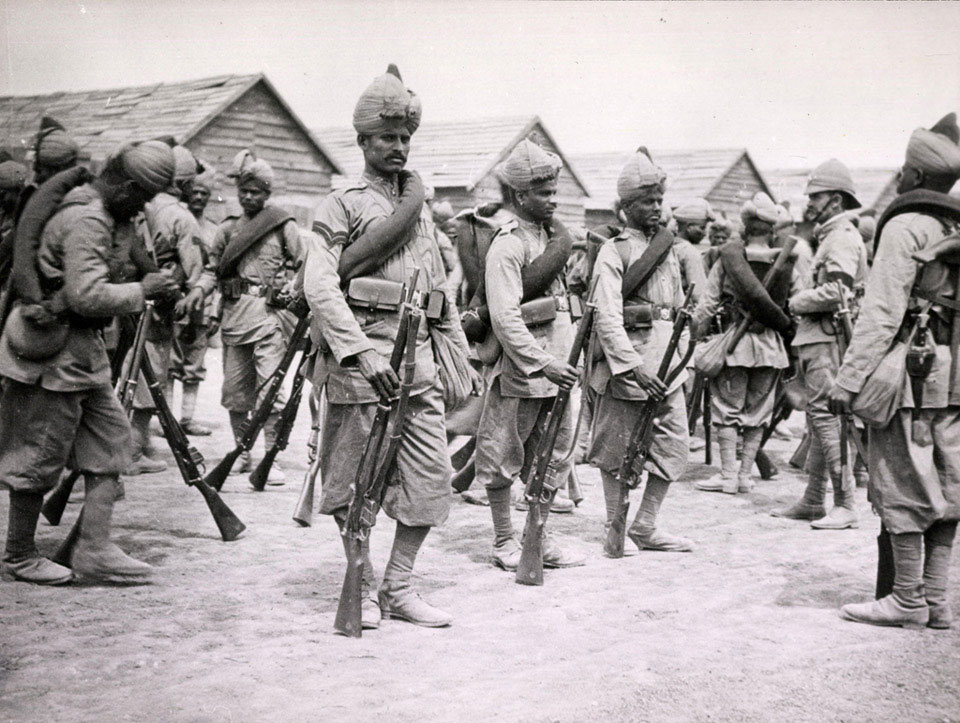
Online Collection
« Prev - 1 of 1 results - Next »
Indian infantry in marching order, China, 1900
Photograph, 3rd China War (Boxer Rebellion) (1900-1901).
The Boxer Rebellion, or Third China War (1900), was an uprising against foreigners, Christian missionaries and Chinese Christian converts in Northern China. Although started by peasants, it was eventually supported by the Imperial Chinese government. There was widespread anger at growing economic hardship and the humiliating trade and political concessions that had been granted to several Western powers.
A Chinese secret society known as the Yihetuan (Righteous and Harmonious Fists), nicknamed the Boxers by westerners, embarked on an armed campaign to drive all foreigners from China.
In June 1900, the growing violence forced foreign diplomats, missionaries, soldiers and Chinese Christians to take refuge in the Legation Quarter of the capital, Beijing, and issue a call for international help.
An eight-nation alliance quickly despatched a 20,000-strong international force to relieve their legations in Beijing. It was commanded by Lieutenant-General Sir Alfred Gaselee, a British officer of the Indian Army. The Indian Army contingent included the 16th Regiment of Bengal Lancers, 1st (The Duke of York's Own) Regiment of Bengal Lancers, 1st Regiment of Sikh Infantry, Punjab Frontier Force, and the 7th (Duke of Connaught's Own Rajputs) Regiment of Bengal Infantry.
NAM Accession Number
NAM. 1963-06-38-3
Copyright/Ownership
National Army Museum, Out of Copyright
Location
National Army Museum, Study Collection
Object URL
https://collection.nam.ac.uk/detail.php?acc=1963-06-38-3

